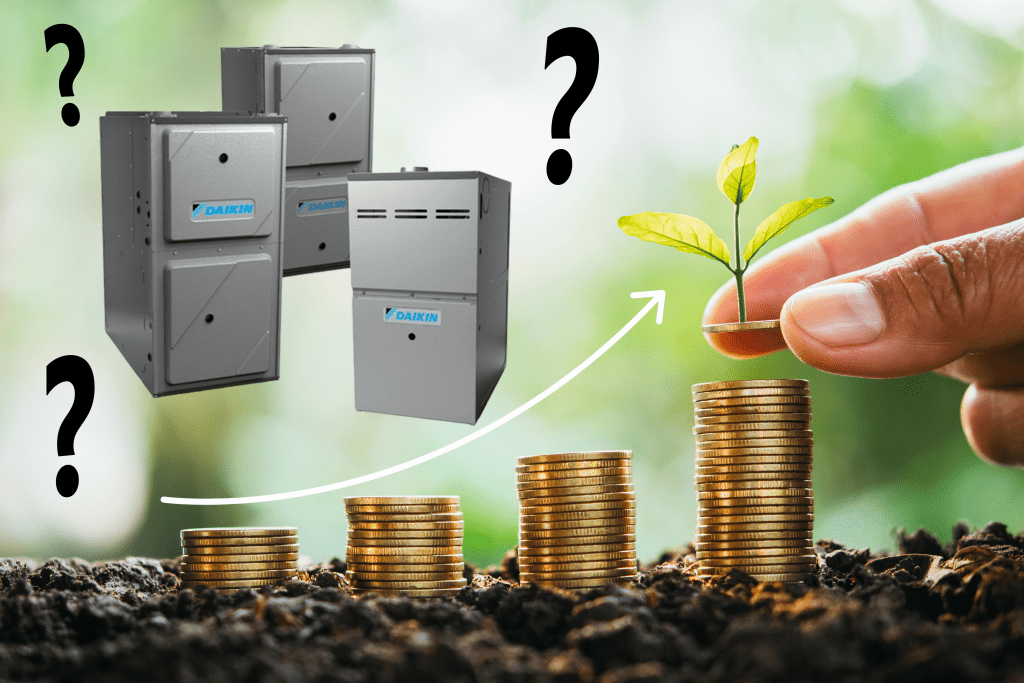
As winter temperatures in the Midwest regularly plummet, homeowners are faced with the challenge of keeping their homes warm and comfortable without breaking the bank. One significant step to address this issue is to invest in a high-efficiency furnace. This investment can yield significant savings on energy bills and contribute to a more sustainable environment. In this article, we will explore the importance of a high-efficiency furnace, compare the cost savings between high and low-efficiency furnaces, and showcase why homeowners in the Midwest should make the switch.
The Importance of a High-Efficiency Furnace
- Energy Savings
High-efficiency furnaces are designed to convert a higher percentage of the energy they consume into heat, which means less energy is wasted. By upgrading to a high-efficiency furnace, homeowners can save a substantial amount on their heating bills. This is particularly relevant in the Midwest, where heating costs can be a major expense during the long, cold winters.
- Environmental Impact
By using less energy, high-efficiency furnaces contribute to a reduction in greenhouse gas emissions. This is especially important as concerns grow about the impact of climate change on our environment. By investing in a high-efficiency furnace, homeowners can do their part to reduce their carbon footprint and contribute to a more sustainable future.
- Enhanced Comfort
High-efficiency furnaces provide more consistent and even heating throughout a home, resulting in a more comfortable living environment. In addition, these furnaces often operate more quietly, making them less intrusive and more pleasant to live with.
Cost Savings: Comparing Low-Efficiency and High-Efficiency Furnaces
To illustrate the potential cost savings of upgrading to a high-efficiency furnace, let’s compare the expenses associated with low-efficiency (80% efficiency) and high-efficiency (95% efficiency) furnaces.
Assumptions:
- Annual heating cost: $1,000
- Low-efficiency furnace (80%): $800 of the heating cost is converted to heat, and $200 is wasted
- High-efficiency furnace (95%): $950 of the heating cost is converted to heat, and only $50 is wasted
By switching to a high-efficiency furnace, homeowners can save $150 per year on their heating costs. Over the lifespan of the furnace (approximately 15-20 years), this can result in savings of $2,250 to $3,000.
While the initial investment can be higher than a low-efficiency model, the long-term savings make it a financially sound decision. Homeowners may also qualify for rebates and tax incentives, further offsetting the upfront costs.
Conclusion
For Mid-West homeowners, upgrading to a high-efficiency furnace is a wise investment. Not only can it save money on heating bills, but it also contributes to a more comfortable home and a healthier environment. By understanding the difference between low-efficiency and high-efficiency furnaces, homeowners can make informed decisions about their heating systems and enjoy the benefits of increased efficiency and cost savings for years to come.
Click here to request a quote for a High-Efficiency Furnace!
This article was written with the assistance of ChatGPT, developed by OpenAI accessed on 03/21/2023.

